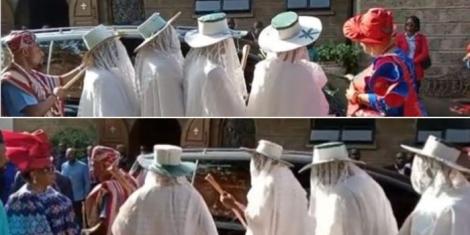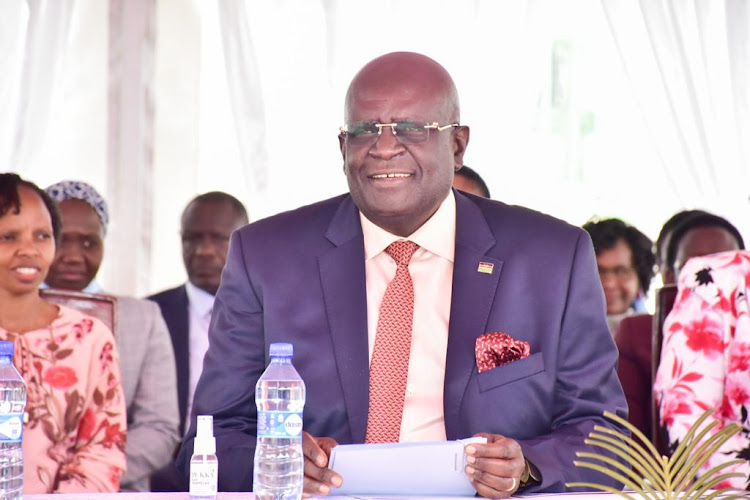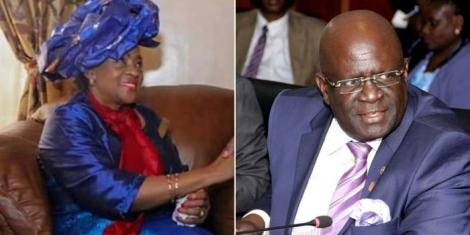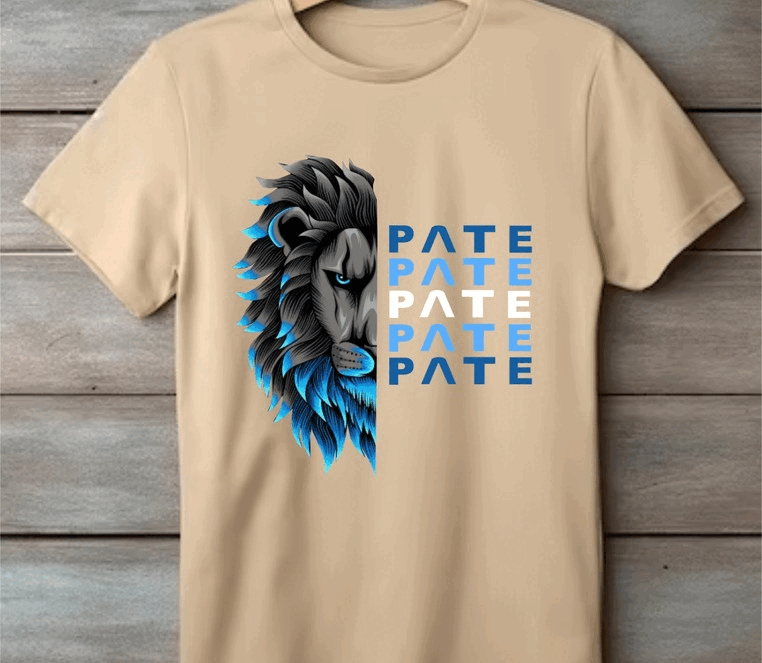Nigerian in-laws of the late Prof. George Magoha stood beside their son as his body was taken from the Lee Funeral Home for public viewing.
Videos show that Dr. Barbra Magoha’s relatives encircled the hearse transporting Magoha’s body before it left the mortuary.
Four men stood on the right side of the car in a proper display of respect. They were completely clothed in white clothing, head to toe. A man and woman wearing Nigerian clothing were standing behind them.
A woman was standing in front of the hearse and tapping Magoha’s coffin’s side window three times with a hand fan.
Before the procession headed to the Starehe Boys’ Center, the four men rhythmically moved to the back of the van after lifting wooden poles over it for a brief period of time.
Two police riders led the motorcade, and when they arrived at the school’s door, Magoha’s inlaws performed another rite before his body was taken out for viewing.

The in-laws formed a line, with the four males standing at the front and being joined by ladies wearing blue kitenge gowns and crimson headscarves, the traditional dress of Nigeria.
The four males jumped around the automobile repeatedly while shouting dirges. They then led the group in a pair of laps around the hearse.
Following the brief rite, the van continued, but the in-laws stayed on board and continued to dance to the rhythm of traditional drummers.
White and red are the traditional burial colors in Nigeria, which is why men wear all-white suits and women wear crimson headscarves.
Depending on how a person died, the West Africans mark their deaths in various ways. If the person passed away when they were young or in a car accident, the atmosphere is usually somber.
However, there was generally a festive atmosphere in honor of Magoha, who had a long and prosperous life.
A large amount of music, singing, and dancing are also common at funerals in Nigeria because people there think that doing so increases the odds of the departed having a better afterlife.





